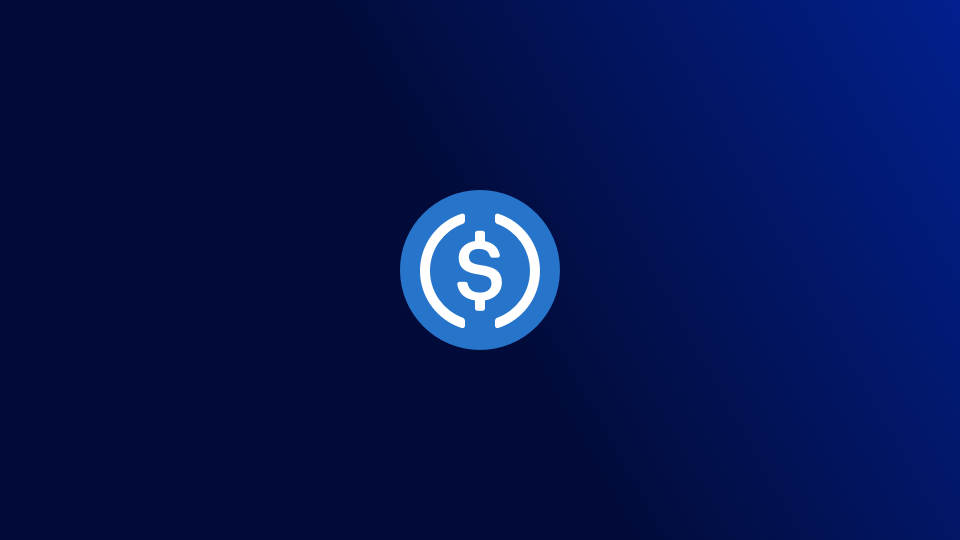Binance Teams Up with Circle to Boost USDC Adoption
11.12.2024 20:00 1 min. read Alexander Stefanov
Binance has made waves in the cryptocurrency world with its recent collaboration with Circle, a move aimed at boosting the adoption of the USDC stablecoin and enhancing the global digital asset ecosystem.
The partnership sets the stage for Binance to integrate USDC into its vast range of products and services, including its corporate treasury operations.
This strategic collaboration centers on expanding the accessibility of USDC to Binance’s enormous user base, offering enhanced services in trading, savings, and payments. By leveraging Circle’s technology, liquidity, and innovation-driven tools, Binance aims to strengthen user trust and facilitate the stablecoin’s widespread use in the crypto ecosystem.
With both companies focused on improving the global financial system, the broader market views this as a positive development for the future of digital assets, especially as the sector experiences a strong fourth-quarter performance.
In addition to this partnership, Binance continues to make waves in the crypto space with its ongoing expansion into emerging markets. Recently, the exchange rolled out new offerings, such as adding the Movement (MOVE) token to its “HODLer Airdrops” platform, and introducing new perpetual contracts for tokens like RAYSOL, KOMA, and SPX.
These innovations contribute to Binance’s industry leadership, with the collaboration with Circle further solidifying its position at the forefront of crypto innovation.
-
1
Uphold Wants to Pay Yield on XRP – Here’s the Work-Around
15.06.2025 19:00 2 min. read -
2
Top 4 Cryptos to Watch This Summer, Offering 1000x Growth Potential
16.06.2025 13:43 4 min. read -
3
Public Company Makes Bold Bet on Ethereum With $463M Investment
13.06.2025 19:00 1 min. read -
4
XRP Could Beat Solana to the ETF Finish Line, Analysts Say
12.06.2025 17:00 2 min. read -
5
Sui Price Prediction: SUI Could Rise to $5 If This Pattern Plays Out
16.06.2025 23:35 3 min. read
Coinbase Surges 43% in June, Tops S&P 500 After Regulatory Wins and Partnerships
Coinbase has emerged as the best-performing stock in the S&P 500 for June, climbing 43% amid a surge of bullish momentum driven by regulatory clarity, product innovation, and deeper institutional interest in crypto.
Chainlink Bounces From Key Support, Eyes Breakout From Downtrend
Cryptocurrency analytics firm MakroVision has shared its technical assessment of Chainlink (LINK) price action.
What Brian Armstrong’s New Stats Reveal About Institutional Crypto Growth
Coinbase CEO Brian Armstrong has spotlighted a significant acceleration in institutional crypto adoption, driven largely by the surging popularity of exchange-traded funds and increased use of Coinbase Prime among major corporations.
Whales Buy the Dip as Retail Panics: This Week in Crypto
The latest market turbulence, fueled by geopolitical tensions and investor fear, offered a textbook case of how sentiment swings and whale behavior shape crypto price action.
-
1
Uphold Wants to Pay Yield on XRP – Here’s the Work-Around
15.06.2025 19:00 2 min. read -
2
Top 4 Cryptos to Watch This Summer, Offering 1000x Growth Potential
16.06.2025 13:43 4 min. read -
3
Public Company Makes Bold Bet on Ethereum With $463M Investment
13.06.2025 19:00 1 min. read -
4
XRP Could Beat Solana to the ETF Finish Line, Analysts Say
12.06.2025 17:00 2 min. read -
5
Sui Price Prediction: SUI Could Rise to $5 If This Pattern Plays Out
16.06.2025 23:35 3 min. read


